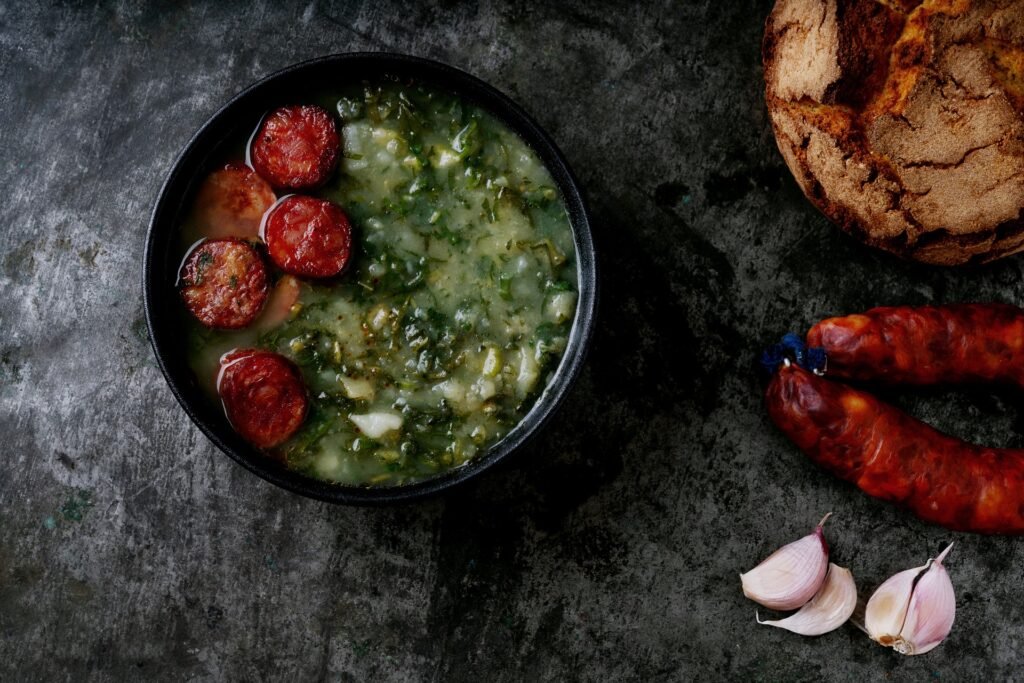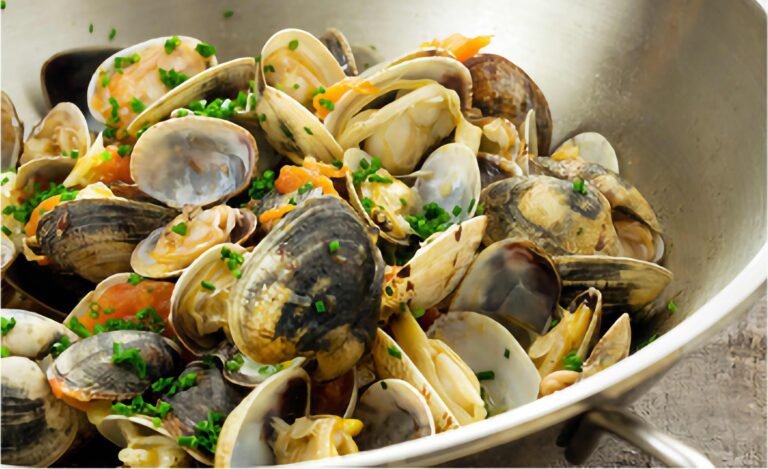Discover the stories, flavors, and recipes behind Portugal’s most iconic dishes. From the comforting bowls of Caldo Verde to the sweet indulgence of Pastéis de Nata, Portuguese cuisine reflects the heart and soul of its people.



Portugal’s gastronomy is as diverse as its regions. Stay tuned for more recipes, stories, and culinary secrets from across the country.